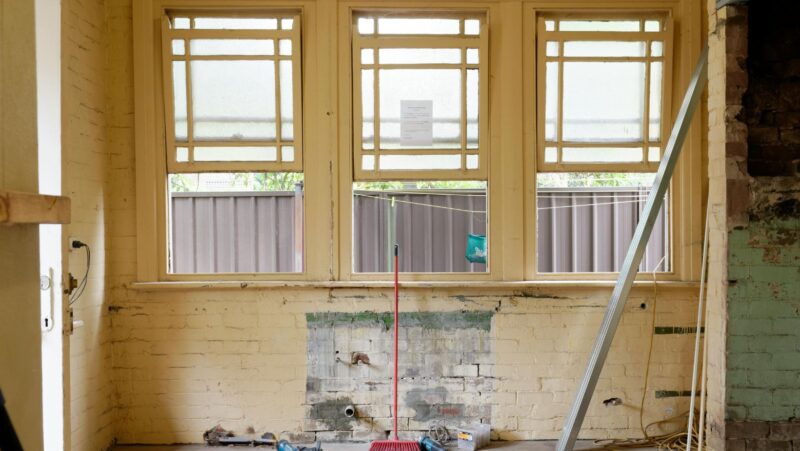Moving can be a daunting task, especially when it comes to transporting furniture. Whether you’re relocating to a new home or storing your belongings during a transition period, efficiently arranging furniture in a shipping container is essential for a seamless moving experience and storing furniture within your shipping container. Proper organization not only maximizes space but also ensures the safety of your valuable items. In this guide, we’ll explore some efficient strategies to help you optimize the layout of your furniture within a shipping container.
Table of Contents
ToggleAssess Your Furniture and Space
Before you start loading your furniture into the shipping container, take stock of what you have and assess the available space. Measure the dimensions of both your furniture pieces and the container itself. This step will help you determine the best layout and identify any potential challenges, such as oversized items or limited clearance Click here. Additionally, consider the fragility of certain items and plan accordingly to prevent damage during transit.
Create a Floor Plan
Just like designing a room layout in your home, creating a floor plan for your shipping container can significantly streamline the packing process. Sketch out a rough diagram of the container’s interior and plot where each piece of furniture will go. Start with larger items like sofas and bed frames, positioning them against the walls to maximize floor space in the center. Then, fill in gaps with smaller items like chairs and tables, taking care to distribute weight evenly to maintain balance.
Disassemble Larger Pieces
To make the most of the available space and ensure a secure fit, consider disassembling larger furniture items before loading them into the container. Remove legs, shelves, and any other detachable components that can be reassembled later. This not only reduces the overall bulk of the items but also allows for more flexible arrangement options within the container.

Just be sure to keep track of hardware and assembly instructions to avoid any headaches when it’s time to put everything back together.
Label and Organize Boxes
To streamline the unloading process and make it easier to locate specific items, label boxes clearly with their contents and destination room. Use a consistent labeling system, such as color-coded stickers or numerical codes, to categorize boxes according to their contents or intended location in your new home. Stack boxes of similar size and weight together to create stable, uniform stacks that are easier to maneuver and secure within the container.
Utilize Vertical Space
Don’t overlook the vertical space within the shipping container. Utilizing height can significantly increase storage capacity and efficiency. Consider stacking boxes and lighter items on top of larger furniture pieces, taking care to distribute weight evenly to prevent toppling. Invest in sturdy straps or tie-downs to secure items in place and minimize shifting during transit. Additionally, if your container has built-in anchor points, make use of them to further secure your belongings.
Protect Fragile Items
When packing fragile items such as glassware, artwork, or electronics, proper protection is crucial to prevent damage during transport. Wrap delicate items in bubble wrap or foam padding and secure them with packing tape to provide a cushion against impact. Place these items in the center of the container, surrounded by softer, bulkier items for added protection. Avoid stacking heavy items on top of fragile ones, and use dividers or cardboard partitions to create compartments and prevent shifting.
Leave Room for Accessibility
While it’s tempting to fill every inch of available space in the shipping container, it’s important to leave room for accessibility. Reserve a pathway down the center of the container to allow for easy access to items stored towards the back.

This not only makes it easier to retrieve specific items but also facilitates inspection and reorganization if necessary during transit. Keep frequently needed items towards the front of the container for quick access without having to unpack everything.
Secure the Load
Once you’ve finished loading the container, take the time to secure the load properly. Use ratchet straps, bungee cords, or rope to tie down furniture and boxes and prevent them from shifting during transit. Pay special attention to heavy items or those prone to sliding, and use additional padding or blocking to stabilize them if needed. Inspect the container periodically during transit to ensure that everything remains secure and make any necessary adjustments.
Final Thoughts
Efficiently arranging furniture in a shipping container is essential for a smooth and stress-free moving experience. By assessing your furniture and space, creating a floor plan, disassembling larger pieces, utilizing vertical space, protecting fragile items, labeling and organizing boxes, leaving room for accessibility, and securing the load properly, you can ensure that your belongings arrive at their destination safely and in good condition. With careful planning and organization, you can make the most of your shipping container space and enjoy a seamless moving process.





